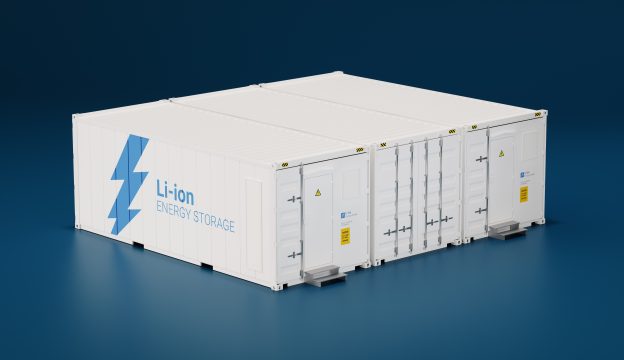During the charging and discharging process of lithium ion batteries, lithium ions will move back and forth between the battery poles and, over time, lithium atoms will accumulate on the electrodes. In the past, scientists always believed that these clumps of deposited lithium were "dead matter" but now an American scientific team has successfully resurrected the lithium deposits by adjusting the charging mechanism which, not only successfully extended the test battery lifespan by 30%, but also has the opportunity to unlock more energy dense next-generation lithium-ion batteries.
Lithium-ion batteries are composed of an anode, a cathode, and an electrolyte. Lithium ions will pass through the electrolyte back and forth between the anode and cathode. However, during the charging and discharging process, these lithium ions will naturally become electrochemically inactive, form a mass of deposited lithium ions, and result in a drop in battery capacity. The US Department of Energy's SLAC National Accelerator Laboratory and a Stanford University scientific team have launched a series of studies on this subject.
Yi Cui, professor of materials science and engineering at Stanford University, indicated that in the past he always felt that lithium deposition was deleterious and would cause the battery to degenerate or even catch fire but the team has figured out how to resurrect the "dead" lithium deposits and make them reconnect with the electrode.
In fact, Professor Cui originally suspected that these lithium deposits were not "dead," and the deposits would move between the anode and cathode when a current passed through. To verify this, the team also built an optical test battery and observed the movement of lithium deposits during charging. It was eventually discovered that the deposits were like a slow-moving caterpillar, sluggishly creeping to the other end of the electrode.
Cui pointed out that the sediment is like a slow-moving worm. When its body pulls forward one inch, the tail end pulls inward, allowing it to move at nanometer speeds. The reason it looks like a worm is because the sediment "moves" in a special way. The front end of the sediment will first dissolve and then deposit onto the other end, so it seems to move forward slowly, and the sediment will eventually reach the opposite anode and re-establish an electrical connection.
The team believes that because lithium deposits move faster under high current, they can be recovered by adjusting the charging process. Fang Liu, assistant professor of chemistry at Stanford University, indicated that the team added a set of fast high-current discharge actions after the battery is charged which could speed up the movement of the deposits and allow them to quickly meet the anode.
The team claims that this breakthrough has successfully extended the test battery’s lifespan by 30%. In the future, this technology can be used to improve the design of fast-charging batteries, or further increase battery capacity and lifespan, and thereby increasing the range of electric vehicles or extending the battery life of electronic devices.
(Image:Flickr/massmatt CC BY 2.0)







